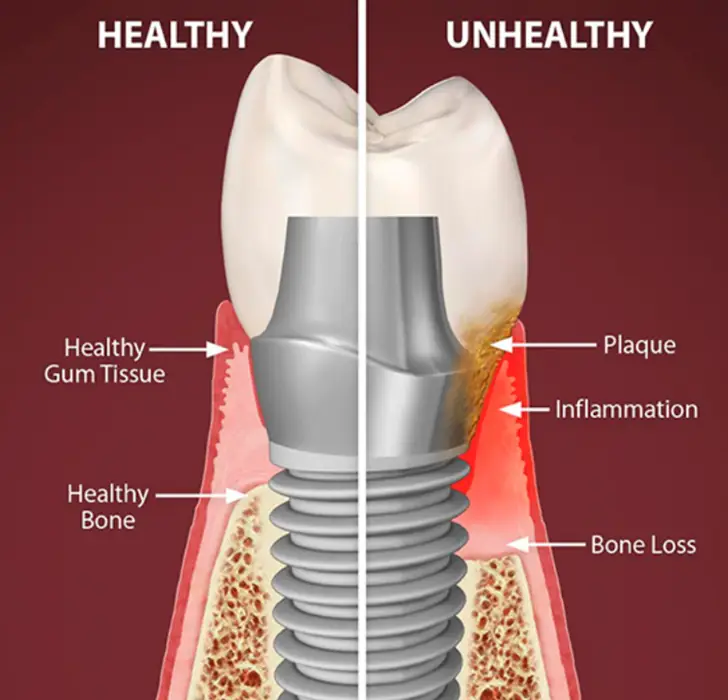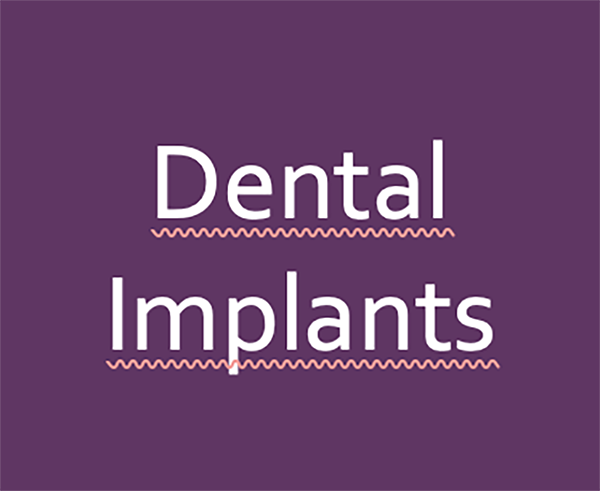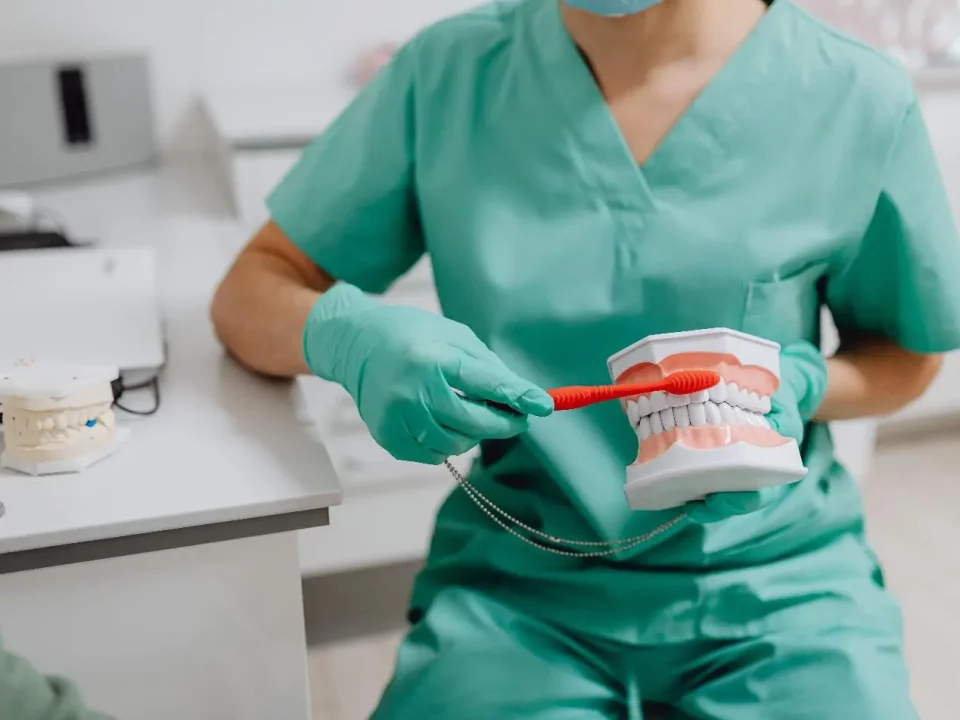Peri-implantitis is a serious condition that can occur after the placement of dental implants. It can lead to bone loss around the implant and ultimately cause the implant to fail. In this blog post, we will talk in detail about peri-implantitis, including why it occurs, how to prevent it, treatment options and potential side effects and risks associated with implants.
What is peri-implantitis?
Peri-implantitis is an inflammatory condition that affects the soft tissue and bone around a dental implant. It is similar in some ways to periodontitis, an inflammation of the gums that can lead to tooth loss if left untreated. Peri-implantitis can lead to bone loss and ultimately cause implant failure if not treated in time.
Reasons for peri-implantitis:
The exact causes of peri-implantitis are not fully understood, but some factors may increase the risk:
Poor oral hygiene: Inadequate oral hygiene can lead to a build-up of plaque and bacteria around the implant, which can cause inflammation.
Smoking: Smoking is a known risk factor for developing peri-implantitis due to its effects on blood flow to the gums and delaying wound healing.
Diabetes: Diabetes increases the risk of inflammation in the oral cavity and therefore also of peri-implantitis.
Untreated periodontitis:
Patients who already suffer from periodontitis have a higher risk of peri-implantitis, as the inflammatory reaction can spread to the implant.
Prevention of peri-implantitis:
Preventing peri-implantitis is crucial to the long-term success of dental implants. Some tips for preventing peri-implantitis are:
– Good oral hygiene: regular and thorough brushing, flossing and mouthwash are important to remove plaque and bacteria around the implant.
– Regular visits to the dentist: Regular check-ups and professional dental cleanings can help to recognise and treat problems at an early stage.
– Avoid smoking: Smoking significantly increases the risk of peri-implantitis. If you smoke, you should try to stop.
– Control of underlying diseases: Good control of underlying conditions such as diabetes can reduce the risk of peri-implantitis.
Treatment options for peri-implantitis:
The treatment of peri-implantitis depends on the severity of the disease. Treatment options include:
– Non-surgical measures: These include cleaning and disinfecting the implant area and the use of antibiotics to control inflammation.
– Surgical procedures: In advanced cases, surgery may be required to remove infected tissue and restore the bone around the implant.
– Soft tissue management: Treatment of peri-implantitis often includes management of the soft tissue around the implant to promote healing and reduce the risk of recurrence.
Side effects and risks of implants:
Although dental implants are an effective solution for replacing missing teeth, they are not without risks. Possible side effects and risks of implants include:
Infections: Infections can occur if bacteria get into the surgical site. Good oral hygiene and regular visits to the dentist can reduce the risk of infection.
Bone loss: Bone loss around the implant can occur, especially with untreated peri-implantitis or poor oral hygiene.
Implant failure: Implant failure can occur if the implant is not properly integrated into the bone or if it is not sufficiently stable. This can lead to pain, looseness and ultimately the loss of the implant.
Overall, peri-implantitis is a serious condition that requires careful attention. By following good oral hygiene practices, visiting your dentist regularly and maintaining a healthy lifestyle, you can minimise the risk of peri-implantitis and other dental implant complications. However, if you notice any signs of peri-implantitis, it is important to see a dentist immediately to receive appropriate treatment and prevent the progression of the condition.









